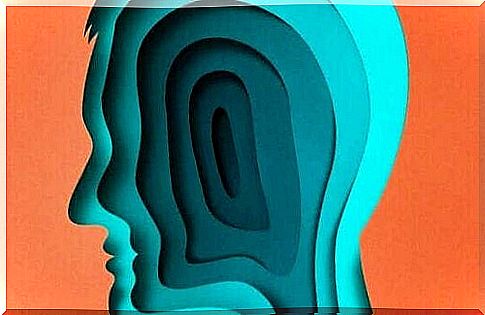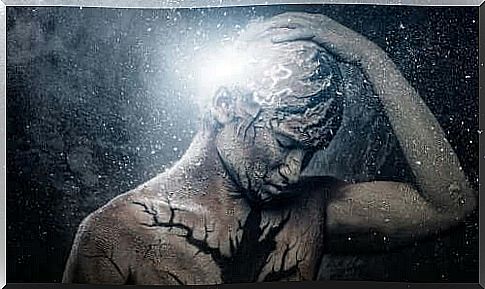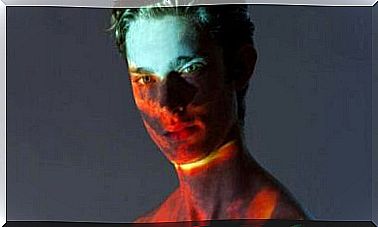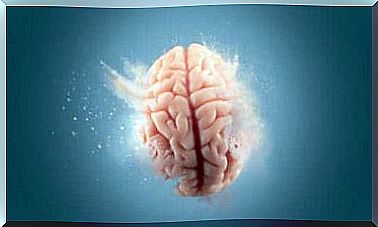The Twilight State – A Changed State Of Consciousness

Consciousness is a complex cognitive process. It has a number of interesting aspects that captivate many psychology specialists. This includes specific disorders that involve altered states of consciousness. One of the most studied is the twilight state.
Disorders such as epilepsy or drug abuse are associated with why one can be affected by the twilight condition. This condition leads to limited consciousness. In addition, it is usually accompanied by involuntary or compulsive movements. The sufferer rarely remembers what happened during the time he or she was in this condition.
The twilight state – an altered state of consciousness
The twilight state is an altered state of consciousness that involves a temporary disturbance of consciousness, attention and also the cognitive functions. Therefore, it is characterized by a strong mental confusion, an emotional depletion, spatial and temporary disorientation, amnesia and involuntary, impulsive movements.

The twilight state can vary both in terms of severity and properties. Thus, we can observe a complete change of consciousness or a partially deficient function in terms of attention or cognition. The large number of processes involved in consciousness is what causes this variation. Depending on the damaged function, the sufferer will therefore show different types of symptoms.
This disorder is not isolated, it is usually part of several symptoms within a broader pathology. Convulsions and addiction are the most common. But it is also important to mention that the twilight state and its symptoms can signal that some type of brain damage has occurred.
The twilight state usually develops from a sudden attack, without prior warnings. Later it continues for an irregular period, which varies greatly from one patient to another. This means that it can be active for a few hours up to a few days. Finally, the twilight state has an obvious end, when the patient returns to his normal state.
Thus, the main characteristics of the twilight state are the sudden start and the end. A suitable comparison can be a switch, where you turn a lamp on and off.
Symptoms of twilight
The following are the most relevant symptoms that define this disorder:
- Significant limitation of consciousness. The patient’s brain waves are in an extremely low state of alertness.
- Serious change in attention. The person hardly shows any reaction to stimuli during the episode.
- Involuntary or impulsive movements. Hand gestures and muscle contractions in the face are shown together with other behaviors such as an impulsive compulsion to walk. Strangely enough, these movements are not motivated by a particular goal. They only occur in a repetitive and meaningless way.
- Temporary memory loss. Patients usually cannot remember the episode. But if they remember something, it only applies to parts of what happened.
- Possible hallucinations or delusions. Some patients experience auditory and visual hallucinations, along with incoherent thoughts and delusions.
- Total disorientation in the patient. The victims are completely disoriented. They do not know where they are, or what time it is.
- The patient shows a changed attitude. They may appear sweaty, upset and aggressive.

Prospects for the twilight state
The twilight state is manifested by various psychological and psychiatric disorders that most people do not know about. We need more research on this change of consciousness to learn valuable insights.
Knowing the causes, symptoms and consequences of the twilight condition can lead us closer to finding ways to treat or cure it. This will consequently enable patients with this condition to have a better quality of life.








